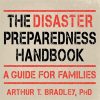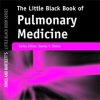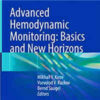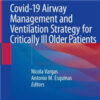Rapid Resilience in the Emergency Department
emdocs.netIt is the middle of a busy shift when you get the call that multiple casualties are incoming from a large fire. Your team scrambles to respond as the first victim, a 23 year old with 30% TBSA burns rolls in. He’s screaming and writhing in pain, and you call for Fentanyl 50 mcg IV.
The CRNA at the head of the bed hands a syringe to a nurse who pushes the entire contents of the syringe.
Traditional resilience techniques and practices are often difficult to apply to setbacks that occur during time-sensitive situations such as a critical resuscitation or mass casualty incident.
Rapid resilience as the ability of the individual and team to rapidly (seconds), sufficiently process the event to act in response to a difficult situation.
Over the long term course of our career, our patients need us to process the emotional valence of the difficult events that we work with. In critical moments though, what they need is compartmentalization and for us to get back on our feet as soon as possible.
Consider the R.A.P.I.D. approach as a focused method to quickly and productively process and move forward from difficult events during on-going high pressure situations.

















